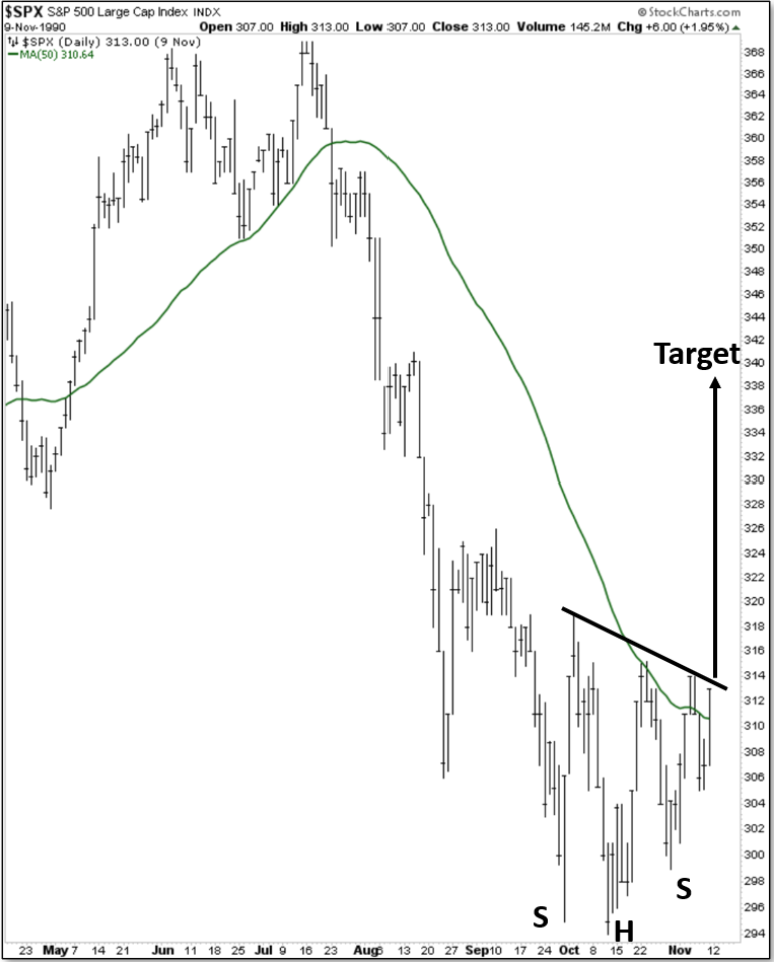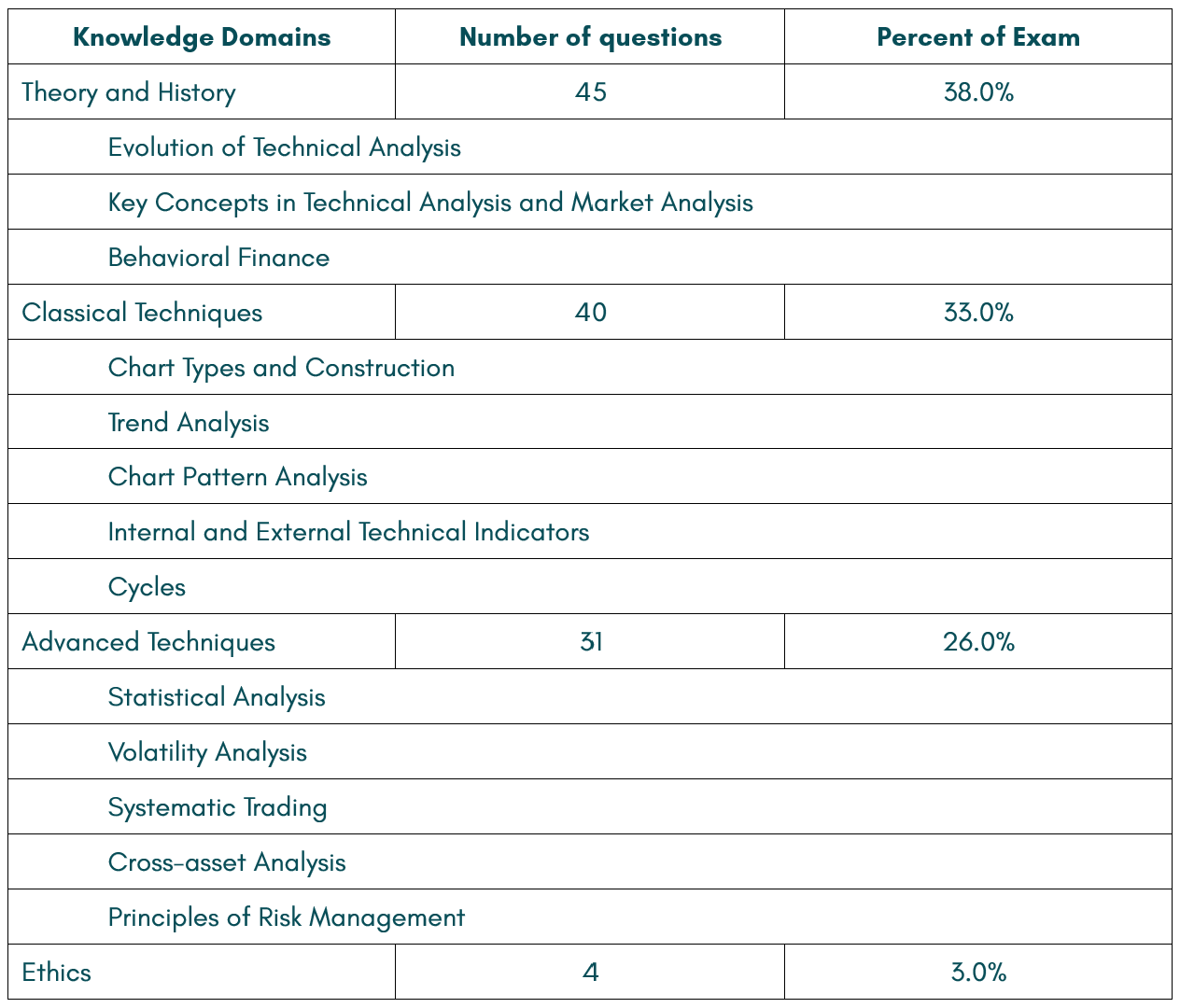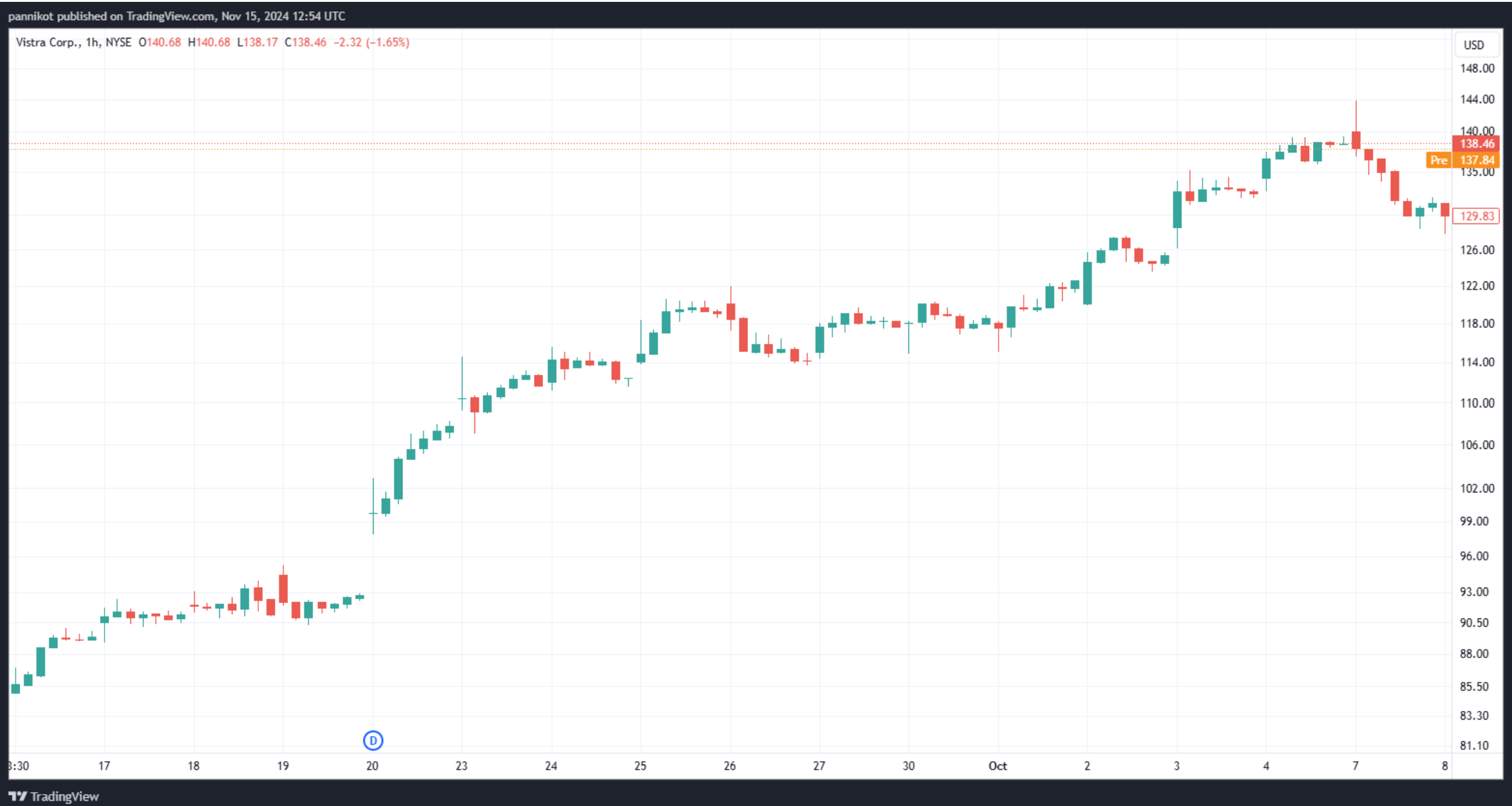The Volume Factor (07/2024) is a Revolutionary Guide Introducing a New Era of Investment Strategies
Buff Pelz Dormeier, CMT, is Chief Technical Analyst at Kingsview Partners and Index Specialist for Monarch Funds suite of ETFs. He is the winner of numerous awards in market analysis including Technical Analyst’s 2012’s Book of the Year (Investing with Volume Analysis) and nominated as the Technical Analyst of the Year in 2022. His research on volume momentum awarded him the American Society of Business & Behavioral Sciences Best Paper Award in 2024.
Introduction to The Volume Factor
In the ever-evolving landscape of investment analysis, Buff Pelz Dormeier’s “The Volume Factor” emerges as groundbreaking work that challenges conventional modern portfolio theory, offering fresh insights into the role of volume in financial markets. Dormeier, a renowned technical analyst, and portfolio manager with over three decades of experience, brings his unparalleled expertise in volume analysis to the forefront, presenting a compelling case for its importance in enhancing multifactor post-modern tactical investing strategies.
At its core, “The Volume Factor” explores the often-overlooked significance of trading volume as a critical component in investment decision-making. Dormeier argues that while volume has long been included in analysis programs, its true potential has been largely untapped. Volume is not merely an indispensable data set, a leading market indicator, but the monarch of market investment factors, as capital flows reveal which market factors and sectors are presently in vogue. Through meticulous research and innovative methodologies, he demonstrates how volume analysis can provide investors with a more comprehensive understanding of market dynamics, leading to more informed and potentially more profitable investment decisions.
Dormeier’s credentials lend significant weight to his work. As the Chief Technical Analyst at Kingsview Investment Management and the developer of the tactical Monarch Volume Factor Global Unconstrained and Monarch Volume Factor Dividend Tree Indexes, he has consistently pushed the boundaries of technical analysis. His contributions to the field include the development of groundbreaking concepts like Volume Weighted Moving Averages (VWMAs), the VW-MACD, the Trend Thrust Indicator (TTI), the VMI (Volume Momentum Indicator), and the Volume Price Confirmation Indicator (VPCI). These innovations, along with his numerous accolades, including the prestigious 2007 Charles Dow Award and the Technical Analyst’s 2022 Best Product Research Award, underscore the relevance and potential impact of “The Volume Factor” on the investment community.
“The Volume Factor” is structured to comprehensively explore volume analysis and its applications in portfolio management and financial planning. Dormeier begins by laying a solid foundation, introducing readers to the foundational concepts of volume analysis and its historical context within technical analysis. He then builds upon this base, progressively unveiling more advanced strategies and tools that leverage volume data to enhance investment decision-making. By bridging the gap between goal-based planning and technical analysis through tactical asset management, Dormeier’s work offers a unique perspective that has the potential to revolutionize the way financial professionals approach asset allocation within financial planning.
For financial professionals and savvy investors alike, “The Volume Factor” offers a unique opportunity to gain a competitive edge in the market. By delving into Dormeier’s volume-based strategies and tools, readers can expand their analytical toolkit and potentially enhance their ability to navigate complex market conditions. As the investment landscape continues to evolve, with passive investing becoming increasingly prevalent, the insights provided in this book offer a valuable counterpoint, emphasizing the importance of active, informed decision-making based on comprehensive market analysis.
Dormeier’s Innovative Approaches to Volume Analysis
At the heart of “The Volume Factor” lies Dormeier’s groundbreaking work on volume analysis, which introduces a suite of innovative indicators designed to provide investors with a more comprehensive understanding of market dynamics. Among these original concepts, Capital Weighted Volume and price-volume asymmetry stand out as particularly significant contributions to the field of technical analysis.
Capital-weighted volume and Capital Weighted Dollar Volume represent an advancement over traditional volume tallies by harmonizing price and volume index data. Capital Weighted Dollar Volume precisely measures how much capital is flowing into and out of an index. This data provides a more accurate representation of market sentiment and investor commitment than pure price. Dormeier demonstrates how this enhanced volume data generate faster and more reliable signals compared to its counterparts, potentially enabling investors to identify trend changes sooner and make more timely investment decisions.
Regarding price-volume asymmetry, Dormeier ‘s Volume Price Confirmation Indicator (VPCI) is a powerful tool that uncovers the often-overlooked relationship between price trends and their associated volume flows. The VPCI is calculated by comparing the VWMA to the SMA, with the difference between the two serving as a timely measure of volume’s confirmation or contradiction of the prevailing price trend. Positive VPCI values indicate that volume confirms the price trend, while negative values suggest a divergence between price and volume, potentially signaling a weakening or reversal of the current trend. By incorporating the VPCI into their analysis, technicians can gain valuable insights into the strength and sustainability of market moves, allowing for more informed investment decisions. Akin to how the VPCI reveals price-volume asymmetry in price trends, the volume momentum indicator (VMI) replicates with price momentum. The VMI calculates the delta between the MFI and RSI to unearth price-volume momentum asymmetry.
Throughout “The Volume Factor,” Dormeier presents a wealth of empirical evidence and real-world examples to illustrate the effectiveness of his volume-based strategies. He demonstrates how volume-price asymmetry demonstrated in trends with the VPCI and momentum with the VMIs, can be applied across various asset classes and time frames, from short-term trading to long-term investing, highlighting their versatility and adaptability to different market conditions. By providing a clear and accessible framework for interpreting these indicators, Dormeier empowers readers to incorporate volume analysis into their investment processes, potentially enhancing their ability to tactically navigate complex markets to make more informed decisions.
Dormeier’s innovative approaches to volume analysis, as presented in “The Volume Factor,” represent a significant contribution to the field of technical analysis. By introducing innovative and powerful volume tools, he challenges conventional wisdom and offers investors a more nuanced understanding of market dynamics. As the investment landscape continues to evolve, with increasing emphasis on data-driven decision-making and quantitative analysis, the insights and strategies presented in this book are poised to become essential components of any well-rounded investment toolkit.
Integration of Volume Analysis with Other Factors
One of the most compelling aspects of “The Volume Factor” is its holistic approach to investing, seamlessly integrating volume analysis with other fundamental and quantitative analysis. Dormeier recognizes that no single analytical tool can provide a complete picture of market dynamics, and thus, he presents a multifaceted framework that leverages the strengths of each approach while mitigating their individual limitations. By combining the insights derived from volume analysis with the contextual understanding provided by fundamental analysis and the pattern recognition capabilities of technical analysis, investors can develop a more robust and adaptive investment strategy.
Dormeier’s integration of volume analysis with other factors is particularly noteworthy. He demonstrates how volume data can be used to validate or challenge assumptions based on fundamental analysis, such as changes in a company’s financial health, competitive landscape, or macroeconomic conditions. For instance, if a company reports strong earnings but its stock price fails to rise on heavy volume, it may indicate that the market has already priced in the positive news or that investors are skeptical about its future prospects. By considering volume alongside fundamental data, investors can gain a more nuanced understanding of market sentiment and potentially make more informed decisions about when to buy, hold, or sell a particular security.
Similarly, “The Volume Factor” showcases the complementary nature of volume analysis within technical analysis. Dormeier illustrates how volume data can be used to confirm or refute technical patterns, such as breakouts, trend lines, or chart formations. By analyzing the volume associated with these patterns, investors can assess the conviction behind market moves and gauge the likelihood of their sustainability. This integration of volume analysis and technical analysis is exemplified through Dormeier’s innovative Volume Factor tools and strategies.
Throughout the book, Dormeier emphasizes the importance of risk management and how volume analysis may be leveraged to improve investment outcomes. He argues that by incorporating volume data into their risk management frameworks, investors can make more informed decisions about position sizing, stop-loss placement, asset allocation, and portfolio rebalancing. For example, suppose a security experiences a sharp price decline on rising volume momentum. In that case, this may indicate a fundamental shift in market sentiment, warranting a reevaluation of the position’s risk-reward profile. By proactively managing risk through the lens of volume analysis, investors can potentially minimize losses during market downturns and preserve capital for future opportunities.
Ultimately, “The Volume Factor” presents a compelling case for the integration of volume analysis with other essential investment factors. By providing a comprehensive, multifaceted approach to investing, Dormeier empowers readers to navigate the complexities of modern financial markets with greater confidence and precision. As the investment landscape continues to evolve, with increasing emphasis on data-driven decision-making and risk management, the insights and strategies presented in this book are poised to become indispensable tools for financial professionals seeking to optimize their investment outcomes and provide superior value to their clients.
Practical Value for Financial Professionals
“The Volume Factor” is not merely a theoretical exploration of volume analysis; it is a practical guide that offers actionable insights for a wide range of financial professionals. Dormeier’s work is particularly relevant for portfolio managers and Chief Investment Officiers, as it provides a framework for integrating volume analysis into the investment and asset allocation decision-making process. By incorporating the Volume Factor into their asset allocation and security selection strategies, portfolio managers can potentially enhance their ability to identify trends, manage risk, and optimize returns. The book’s emphasis on tactical asset management, which involves making dynamic adjustments to portfolio exposures based on changing market conditions, is especially valuable in today’s fast-paced and uncertain investment environment.
For technical analysts, “The Volume Factor” represents a significant advancement in their field. Dormeier’s innovative approach to volume analysis, which includes the development of proprietary indicators and integrating volume data with other technical tools, provides a new lens to analyze market dynamics. By applying the strategies and techniques outlined in the book, technical analysts can potentially improve the accuracy and timeliness of their market forecasts, leading to more effective trading and investment recommendations. Moreover, the book’s detailed explanations and real-world examples make it an invaluable resource for both novices and experienced technical analysts seeking to expand their analytical toolkit.
Financial advisors, tasked with guiding clients through the complexities of investing, will find “The Volume Factor” to be a valuable addition to their knowledge base. By understanding the principles of volume analysis and how they can be applied to portfolio construction and risk management, advisors can provide more informed and personalized recommendations to their clients. Dormeier’s emphasis on goal-based planning outcomes involves aligning investment strategies with the clients’ specific financial objectives and risk tolerances. It is particularly relevant for advisors seeking to build long-term, confidence-based relationships with their clients. By incorporating the insights from “The Volume Factor” into their practice, advisors can potentially differentiate themselves in an increasingly competitive landscape and deliver superior value to their clients.
Risk managers, whose primary focus is on identifying, assessing, and mitigating potential threats to investment portfolios, will also find significant value in “The Volume Factor.” Dormeier’s volume-based risk management strategies, which involve using volume data to identify potential market dislocations and adjust portfolio exposures accordingly, provide a powerful tool for managing downside risk. By incorporating volume analysis into their risk management frameworks, risk managers can potentially improve their ability to anticipate and respond to market shocks, thereby protecting portfolio assets and preserving investor capital. The book’s practical guidance on tactical asset allocation is especially relevant for risk managers seeking to optimize their risk-return tradeoffs.
In today’s increasingly efficient and data-driven markets, the insights and strategies presented in “The Volume Factor” offer financial professionals a potential competitive edge. By leveraging the power of volume analysis and integrating it with other essential investment factors, practitioners can potentially uncover hidden opportunities, identify emerging risks, and make more informed decisions in the face of uncertainty. As the investment landscape continues to evolve, with the proliferation of algorithmic trading, passive investing, and alternative data sources, the ability to adapt and innovate is becoming increasingly critical. “The Volume Factor” provides a roadmap for financial professionals seeking to stay ahead of the curve and deliver superior results in this dynamic and challenging environment.
Conclusion and Key Strengths of The Volume Factor
“The Volume Factor” by Buff Pelz Dormeier, CMT, stands out as a seminal work in the field of investment analysis, offering a fresh perspective on the often-underutilized aspect of trading volume. The book’s greatest strength lies in its ability to bridge the gap between theoretical concepts and practical application, providing financial professionals with a comprehensive framework for integrating volume analysis into their investment decision-making processes. Dormeier’s innovative Volume Factor approach is backed by empirical evidence and real-world case studies, lending credibility to the book’s assertions and offering readers tangible tools for enhancing their analytical capabilities.
In the context of current investment literature, “The Volume Factor” fills a critical gap by elevating volume analysis from a supplementary tool to a central component of investment strategy. While other works have explored the importance of volume in technical analysis, Dormeier’s book distinguishes itself by integrating volume analysis with fundamental factors and goal-based planning, creating a holistic approach to tactical asset management. This multifaceted perspective aligns with the growing trend towards data-driven decision-making and risk management in the investment industry, making “The Volume Factor” a timely and relevant addition to the canon of financial literature.
The potential impact of “The Volume Factor” on the investment community cannot be overstated. By providing a clear and accessible framework for leveraging the power of volume analysis, Dormeier’s work has the potential to revolutionize the way financial professionals approach investment strategy and risk management. The book’s insights and strategies are applicable across a wide range of asset classes, time horizons, and investment styles, making it a valuable resource for portfolio managers, technical analysts, financial advisors, and risk managers alike. Moreover, the book’s emphasis on practical application and real-world examples makes it accessible to a broad audience, from seasoned professionals to those new to the field of volume analysis.
As the investment landscape continues to evolve, with the proliferation of algorithmic trading, passive investing, and alternative data sources, the ability to adapt and innovate is becoming increasingly critical. “The Volume Factor” provides a roadmap for financial professionals seeking to follow the flows of capital and deliver superior results in this dynamic and challenging environment. By integrating volume analysis with other essential investment factors, practitioners can potentially uncover hidden opportunities, identify emerging risks, and make more informed decisions in the face of uncertainty. Dormeier’s work not only contributes to the ongoing evolution of investment strategies but also sets the stage for future advancements in the field of volume analysis and tactical asset management.
In conclusion, “The Volume Factor” is a groundbreaking work that has the potential to transform the way financial professionals approach investment analysis and decision-making. By providing a comprehensive and practical framework for integrating volume analysis with other essential investment factors, Dormeier has created a valuable resource, equipping investment professionals in the delivery of successful financial outcomes. As the investment community continues to grapple with the challenges and opportunities presented by an ever-changing financial landscape, “The Volume Factor” is poised to become an indispensable guide for those seeking to optimize their investment outcomes and deliver superior value to their clients.







































